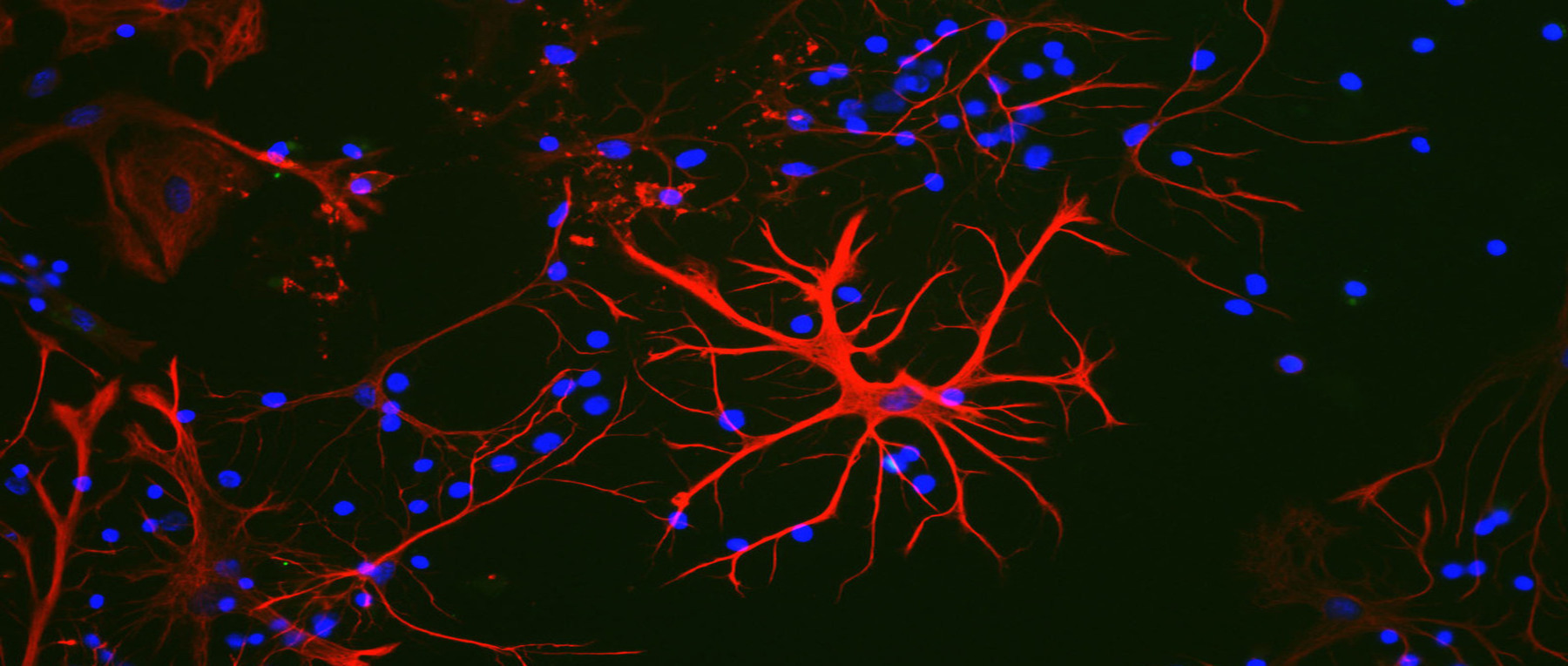For the summer following my senior year of high school (2017), I worked as a full-time intern for the immunohistochemistry department at Cell Signaling Technologies. This role helped to grow in a professional work environment, taught me to work under time pressure, and allowed me to develop key laboratory skills.
Cell Signaling Technologies is a biotechnology company focused on developing antibodies and information technology for biological researchers. My work over the summer involved testing potential antibody products for use in immunohistochemistry (see link above), a protocol which allows researchers to visualize, locate, and quantify protein expression in biological tissues. For more background on antibodies or how they’re produced, read my antibody background page.
IHC Department:
The IHC department is a key component of CST’s antibody production pipeline, and employs several pathologists to screen and validate CST’s antibody products. My coworkers and I sought to rule out products that were unsatisfactory, ensuring that our clients recieved only the highest quality antibody products for their reserach. By providing quality products, we aimed to accelerate the workflows of tissue researchers across the world and ensure research reproducability ( since faulty products might lead to irreproducable work).
My Work
Throughout the summer, I ran daily immunohistochemical assays to validate our antibody products. Outside of my daily work activities, I oversaw the entire phase 1 development of a mouse monoclonal antibody designed to target Glial Fibrillary Acidic Protein (GFAP). GFAP is an intermediate filament (IF) protein expressed by glial cells (non-neuronal cells which surround neurons and support their normal function) in the brain. This marker is of particular interest to Neuroscience researchers, since glial cells are believed to play key roles in many neurodegenerative diseases such as Alzheimers, CTE, and Parkinson’s.
